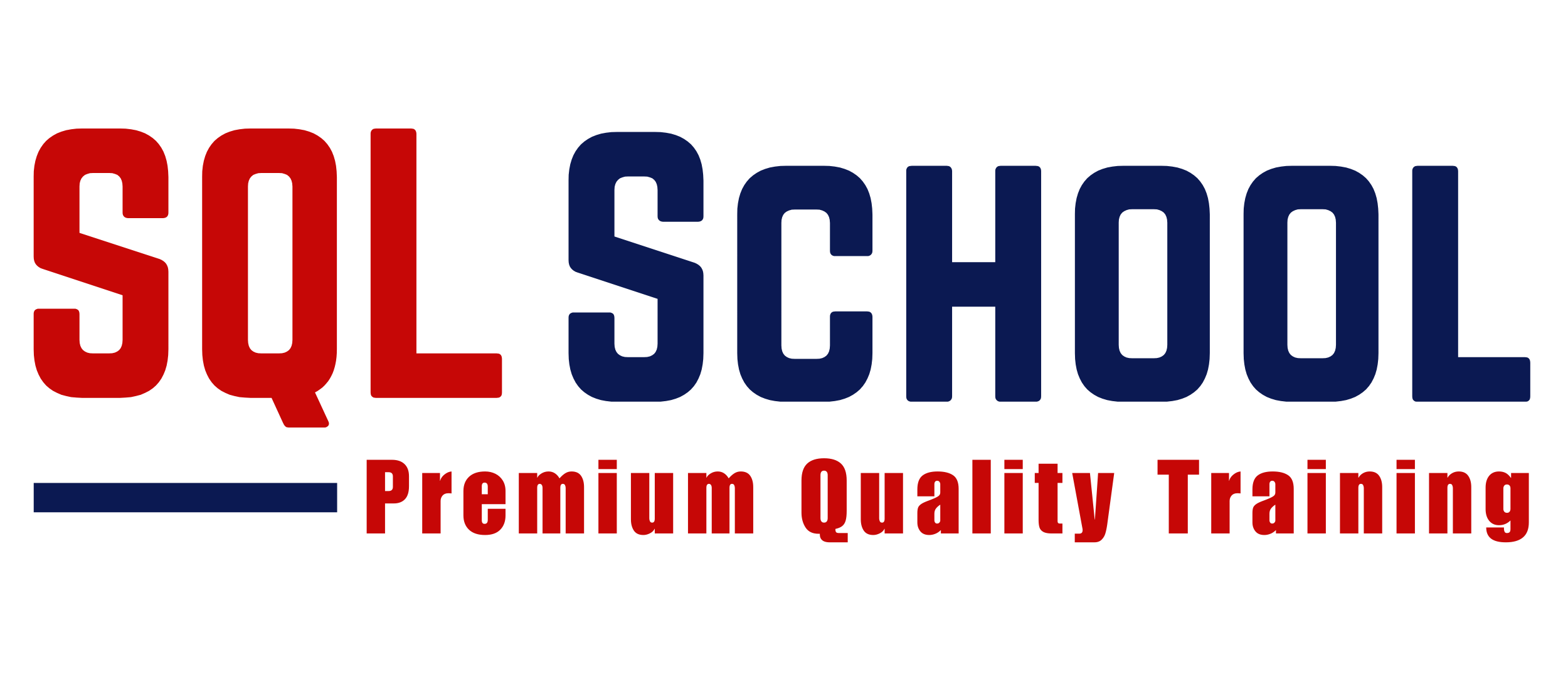🚀 Ace Your Interview: Top 10 Microsoft Fabric Data Engineer Questions Answered!
The demand for skilled Microsoft Fabric Data Engineers is skyrocketing. As organizations move towards unified analytics platforms, proving your expertise is more critical than ever. Preparing for the technical interview can be daunting, but don’t worry—we’ve got you covered. This guide breaks down the top 10 most common and crucial interview questions, providing you with clear, concise answers to help you land your dream job.
🔥 Key Concepts Covered
These questions span the core components of the Fabric ecosystem, from data processing with different notebook types to architectural patterns and performance optimization. Mastering these areas is key to success.
📝 The Interview Questions & Answers
⚙️ Notebook Operations: PySpark, SparkSQL & T-SQL
Q1. What operations can you perform using a PySpark notebook in a Fabric workspace?
- End-to-End Data Engineering: PySpark provides full programmatic control over the Spark engine, allowing for the entire data lifecycle: ingestion, complex transformation (ETL/ELT), cleansing, and feature engineering.
- Advanced Analytics: You can leverage powerful libraries like MLlib to perform machine learning tasks directly on your data.
- Data Manipulation: Use the extensive DataFrame API for sophisticated data manipulation that goes beyond standard SQL.
- Versatile Connectivity: Ingest data from a wide variety of sources (e.g., CSV, JSON, Parquet, APIs) and write back to the Lakehouse or Warehouse in formats like Delta Lake.
Q2. What operations can you perform using a SparkSQL notebook?
- Declarative Data Transformation: Primarily used for data manipulation and transformation using standard SQL syntax on the Spark engine. It’s ideal for those more comfortable with SQL than Python.
- Data Exploration & Querying: Excellent for running ad-hoc queries, exploring large datasets, and performing aggregations on tables within the Lakehouse.
- Simplified ETL: Can be used for straightforward ETL tasks where complex programmatic logic is not required.
Q3. What operations can you perform using T-SQL in Fabric?
- Clarification is Key: T-SQL isn’t used in a “notebook” in the same way as PySpark. Instead, T-SQL is the language for the SQL Endpoint of a Lakehouse and the Data Warehouse.
- Querying the Lakehouse: You can use T-SQL via the SQL Endpoint to perform read-only queries on the Delta tables in your Lakehouse. This is perfect for BI and reporting.
- Full DML/DDL in Warehouse: Within a Fabric Data Warehouse, you have full T-SQL capabilities, including `CREATE`, `UPDATE`, `INSERT`, `DELETE`, and stored procedures.
🤔 Limitations & Optimizations
Q4. What are the limitations of SparkSQL notebooks?
- Limited Programmatic Control: Lacks the ability to implement complex logic, custom functions, or control flow (loops, classes) that you get with PySpark.
- Integration Challenges: It is difficult to integrate with external libraries or custom APIs for data ingestion or processing.
- Not for Advanced Analytics: Unsuitable for machine learning or advanced computational tasks. It’s designed for data manipulation, not complex algorithms.
Q5. How do you optimize PySpark SQL notebooks?
- Caching: Use `.cache()` on DataFrames that are accessed multiple times to keep them in memory.
- Broadcasting Joins: Broadcast smaller tables in joins to avoid expensive data shuffling across the network.
- Efficient Data Formats: Always prefer columnar formats like Delta Lake or Parquet over formats like CSV or JSON.
- Partitioning: Correctly partition your data on disk using `repartition()` or `coalesce()` to optimize read and write operations.
- Minimize UDFs: Avoid User-Defined Functions (UDFs) when possible and use built-in Spark functions, as they are significantly more performant.
Q6. How do you optimize a Fabric Lakehouse?
- Delta Lake Maintenance: Regularly run Delta Lake commands: `OPTIMIZE` to compact small files, `ZORDER` to co-locate related data for faster reads, and `VACUUM` to clean up old data files.
- V-Order Optimization: A Fabric-specific write optimization for Parquet files that improves compression and read performance for Power BI.
- Proper Partitioning: Design a physical partitioning strategy for your tables based on common query filter predicates (e.g., partition by date).
- Correct Data Types: Use the smallest appropriate data types for your columns to reduce storage and improve query speed.
🏛️ Lakehouse Architecture & Concepts
Q7. What is Medallion Architecture?
- It’s a multi-layered data architecture pattern designed to logically organize data in a Lakehouse, improving its quality and usability progressively.
- Bronze Layer (Raw): Contains raw, unfiltered data ingested directly from source systems. The data is stored “as-is.”
- Silver Layer (Cleansed): Data from the Bronze layer is cleaned, conformed, standardized, and enriched. This layer provides a queryable, enterprise-wide view of key business entities.
- Gold Layer (Curated): Data from the Silver layer is aggregated and transformed into business-level models ready for analytics and reporting. This layer is highly curated and project-specific.
Q8. How do you differentiate between a Delta table and an aggregated table?
- This question contrasts **format** with **purpose**.
- A Delta table refers to the storage format. It’s a table backed by files in the Delta Lake format, which provides features like ACID transactions, time travel, and schema enforcement. Tables in any Medallion layer can be Delta tables.
- An aggregated table is defined by its content and purpose. It contains pre-calculated, summarized data (e.g., monthly sales totals) to speed up analytics. These tables are typically found in the Gold layer.
- In Fabric, an aggregated table is almost always implemented as a Delta table.
🔗 Core Relationships & Querying
Q9. What is the relation between a Notebook and a Lakehouse?
- They represent the classic **compute vs. storage** relationship.
- The Lakehouse is the storage layer. It holds the data (Delta tables, files) and the metadata that defines the database schema.
- The Notebook is the interactive compute environment. You write and execute code (PySpark, SparkSQL) in a notebook that runs on a Spark cluster to process data that is read from and written back to the Lakehouse.
Q10. How do you query a Fabric Lakehouse? List all possible options.
- Notebooks: Use PySpark or SparkSQL to perform complex queries and transformations.
- SQL Endpoint: Every Lakehouse has an auto-generated, read-only T-SQL endpoint. You can connect to it with tools like SQL Server Management Studio (SSMS) or Azure Data Studio to run SQL queries.
- Power BI: Connect directly to the Lakehouse using the OneLake data hub and leverage the high-performance **DirectLake mode** for reporting.
- Dataflows (Gen2): Use a graphical interface to ingest and transform data from the Lakehouse.
- Pipelines: Orchestrate activities that read from or write to the Lakehouse as part of a larger workflow.

💡 Hands-On Challenge
You have raw JSON data in the Bronze layer of your Medallion Architecture. Write a simple PySpark snippet to read this data, select specific columns, and write it as a new Delta table to the Silver layer.
Quick Tip
Use `spark.read.json()` to ingest the data and `df.write.format(‘delta’).mode(‘overwrite’).saveAsTable()` to store it as a managed table in the Lakehouse.
Detailed Answer
This code reads raw JSON files, flattens the schema, selects and renames key columns, and saves the result as a clean, structured Delta table in the Silver layer.

# Path to your raw data in the Bronze layer
bronze_path = "abfss://YourWorkspace@onelake.dfs.fabric.microsoft.com/YourLakehouse.Lakehouse/Files/bronze/raw_events/"
# Read the raw JSON data
df_bronze = spark.read.json(bronze_path)
# Select, clean, and transform columns for the Silver layer
df_silver = df_bronze.select(
"eventId",
"eventTimestamp",
"user.userId",
"user.location"
).withColumnRenamed("userId", "user_id")
# Write the cleaned data to a new Delta table in the Silver layer
df_silver.write.format("delta").mode("overwrite").saveAsTable("silver_events")
print("Successfully created the 'silver_events' table in the Silver layer.")
🌟 Why This Matters
Understanding these concepts is not just about passing an interview—it’s about being an effective Fabric Data Engineer. Knowing which tool to use for which task (PySpark vs. SQL), how to optimize your data structures (Delta Lake features), and how to design a scalable architecture (Medallion) are the daily responsibilities of the role. Demonstrating a deep grasp of these fundamentals shows you can build efficient, reliable, and maintainable data solutions.
❓ Frequently Asked Questions (FAQs)
What is Microsoft Fabric?
Microsoft Fabric is an all-in-one, unified analytics platform that brings together everything from data movement to data science, real-time analytics, and business intelligence. It integrates tools like Data Factory, Synapse, and Power BI into a single SaaS solution built around a central data lake called OneLake.
Is a Lakehouse the same as a Data Warehouse?
No. A Lakehouse combines the benefits of a data lake (storing unstructured/semi-structured data) and a data warehouse (ACID transactions, schema enforcement). A Fabric Warehouse is a more traditional, T-SQL-based analytics store, whereas the Lakehouse is file-based (Delta tables) and accessible via Spark and T-SQL.
Why is Delta Lake the default format in Fabric Lakehouse?
Delta Lake is the default because it provides the reliability and performance features of a traditional database directly on top of your data lake files. Key benefits include ACID transactions (preventing data corruption), time travel (querying past versions of data), and schema enforcement, which are crucial for building dependable data pipelines.
🎯 Summary Snapshot Table
| Focus Area | Key Takeaway | Your Action Step |
|---|---|---|
| Notebooks (Compute) | PySpark for power and flexibility; SparkSQL for simplicity and SQL-based tasks. | Identify a data transformation task and try implementing it in both PySpark and SparkSQL to understand the differences. |
| Lakehouse (Storage) | A Lakehouse is your central storage foundation, optimized through Delta Lake features. | Create a sample Delta table and practice running `OPTIMIZE` and `ZORDER` commands. |
| Architecture | Medallion Architecture (Bronze, Silver, Gold) is the standard for building robust data pipelines. | Sketch out a simple Medallion Architecture for a familiar dataset, like e-commerce sales data. |
| Querying & Access | Fabric offers multiple ways to access Lakehouse data, each suited for different use cases (BI, ad-hoc, ETL). | Connect to your Lakehouse’s SQL Endpoint using an external tool like SSMS to see how it works. |
✨ Final Thoughts
Congratulations on making it through this intensive Q&A! These questions form the bedrock of a Microsoft Fabric Data Engineer’s knowledge. Use this guide not just to memorize answers, but to understand the “why” behind each concept. True expertise comes from hands-on practice, so open your Fabric workspace and start building!
Now that you’re armed with this knowledge, go forward and confidently ace that interview!

